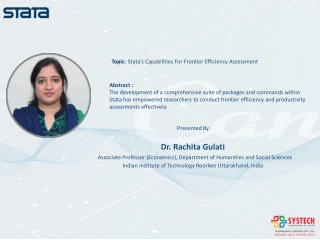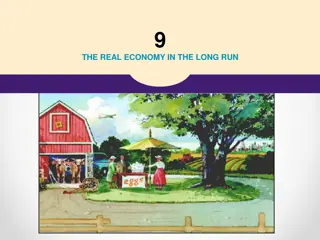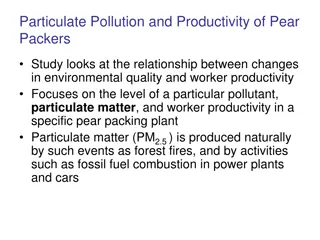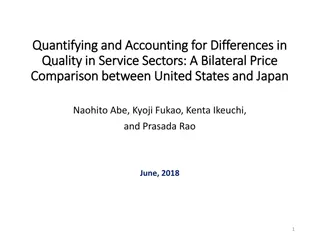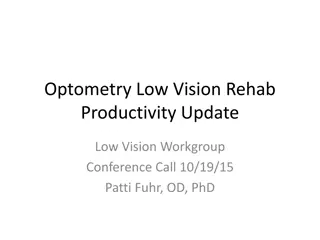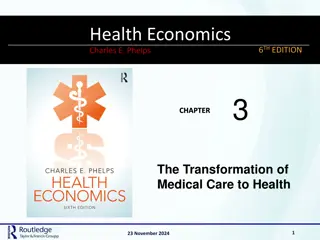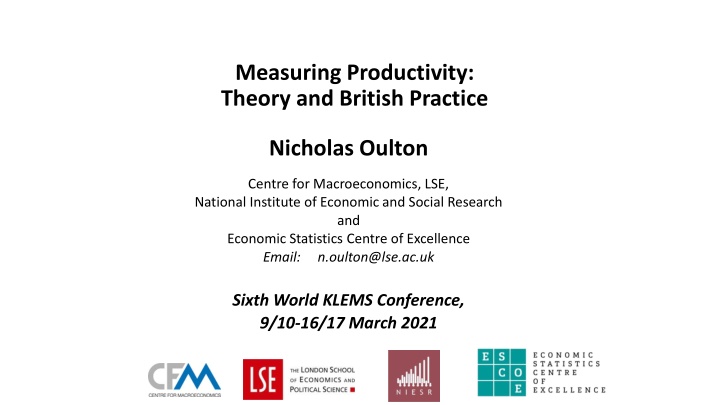
Measuring Productivity Trends in British Economy
"Explore research on measuring productivity trends in the British economy, covering GDP analysis, labor productivity growth, and MFP output estimates. Detailed insights from Nicholas Oulton's work provide a comprehensive view."
Download Presentation

Please find below an Image/Link to download the presentation.
The content on the website is provided AS IS for your information and personal use only. It may not be sold, licensed, or shared on other websites without obtaining consent from the author. If you encounter any issues during the download, it is possible that the publisher has removed the file from their server.
You are allowed to download the files provided on this website for personal or commercial use, subject to the condition that they are used lawfully. All files are the property of their respective owners.
The content on the website is provided AS IS for your information and personal use only. It may not be sold, licensed, or shared on other websites without obtaining consent from the author.
E N D
Presentation Transcript
Measuring Productivity: Theory and British Practice Nicholas Oulton Centre for Macroeconomics, LSE, National Institute of Economic and Social Research and Economic Statistics Centre of Excellence Email: n.oulton@lse.ac.uk Sixth World KLEMS Conference, 9/10-16/17 March 2021
This presentation is based on Nicholas Oulton, Measuring Productivity: Theory and British Practice . Centre for Macroeconomics, London School of Economics, Paper No. CFM-DP- 2020-02, January 2020. http://www.centreformacroeconomics.ac.uk/Discussion- Papers/2020/CFMDP2020-02-Paper.pdf (revised version available from me at n.oulton@lse.ac.uk) 2
GDP per hour and GDP per head in Britain, 1856-2016 (1856 = 100, log scale)
GDP per hour and GDP per head in Britain, 1856-2016 (1856 = 100, log scale)
Labour productivity in the market sector (14 industry groups), 1997Q1-2018Q4 1997Q1=100, log scale (chained Laspeyres) 150 140 130 120 110 100 Actual VA weights Hours weights
Decomposition of LP growth in the Market Sector (Divisia): Within and Between Effects, 14 Industry Groups = Z V L N N = + ( )( ) v Z v w L L i i i i i = = 1 1 i i Within Between = : labour productivity ( : share of i-th industry in GDP : share of i-th industryin total labour input / ) Z v w V L i i
Growth of labour productivity in the market sector: within and between effects, per cent per year (14 industry groups, chained T rnqvist ) Within Between Total During the boom (1997Q1- 2008Q1) 2.70 -0.08 2.61 After the boom (2008Q1- 2018Q4) 0.28 -0.03 0.25
ONS estimates of MFP Output: as for LP --- value added, single deflated Labour: as for LP --- hours worked, but now adjusted for composition (quality) Capital: capital services, not stocks. I.e. a Volume Index of Capital Services (VICS)
Asset types included in the VICS Source: ONS (2019c). 1 Buildings other than dwellings 2 Other structures (e.g. chemical works, motorways) 3 Land improvements 4 Transport equipment 5 ICT equipment (excluding telecoms) 6 ICT equipment (telecoms equipment) 7 Other machinery and equipment 8 Cultivated biological resources (e.g. cows) 9 Research and development 10 Mineral exploration and evaluation 11 Computer software and databases (Own-Account) 12 Computer software and databases (Purchased) 13 Entertainment, literary or artistic originals
Output per hour, labour composition, capital deepening, and MFP in the market sector: cumulative growth, 2008Q1-2018Q4
Conclusions A lot of progress in official estimates of LP and MFP Other active areas not covered here but in the paper: international comparisons of LP using PPPs Interregional comparisons of LP (e.g. across the 9 English regions plus Scotland, Wales and Northern Ireland) Enterprise level data (confidential, similar to U.S. Bureau of the Census) Some continuing weaknesses/issues: Price indices for capital goods, particularly high tech Single not double deflation of value added Definition of the market sector is by ownership, not industry (unlike EU KLEMS)
THE END THE END


